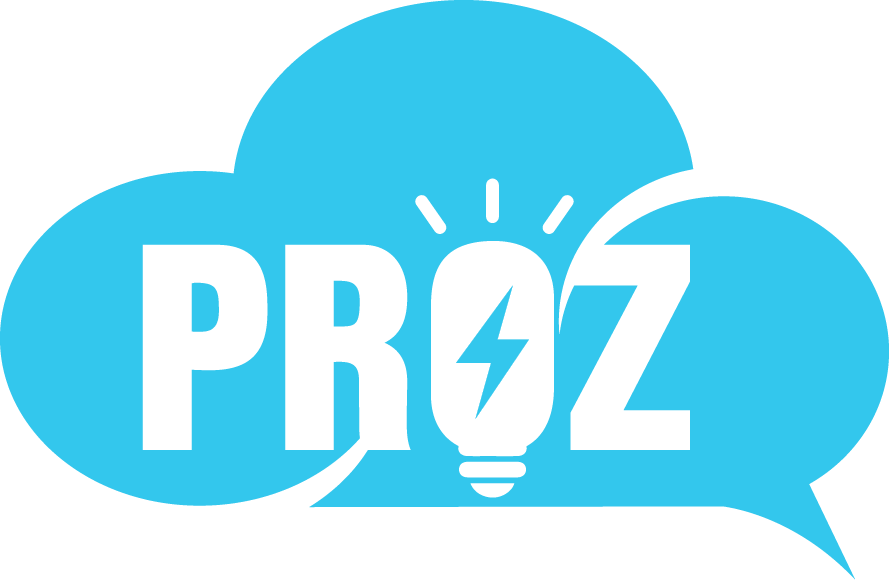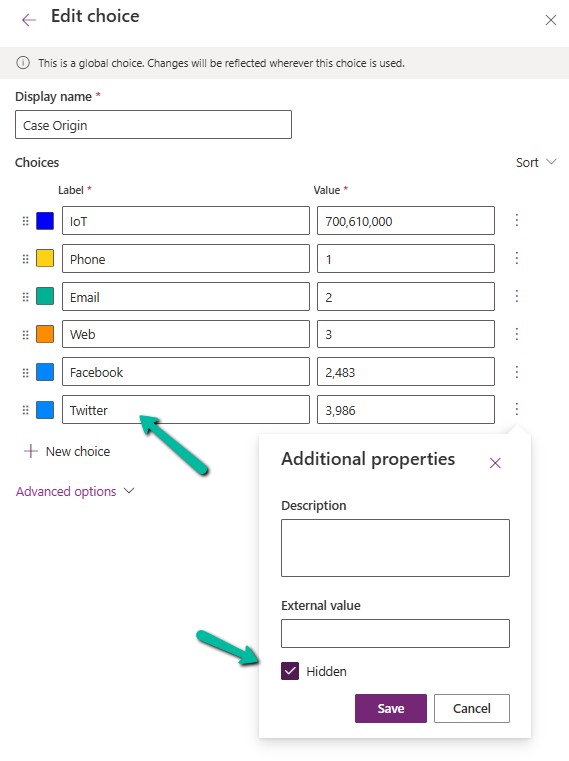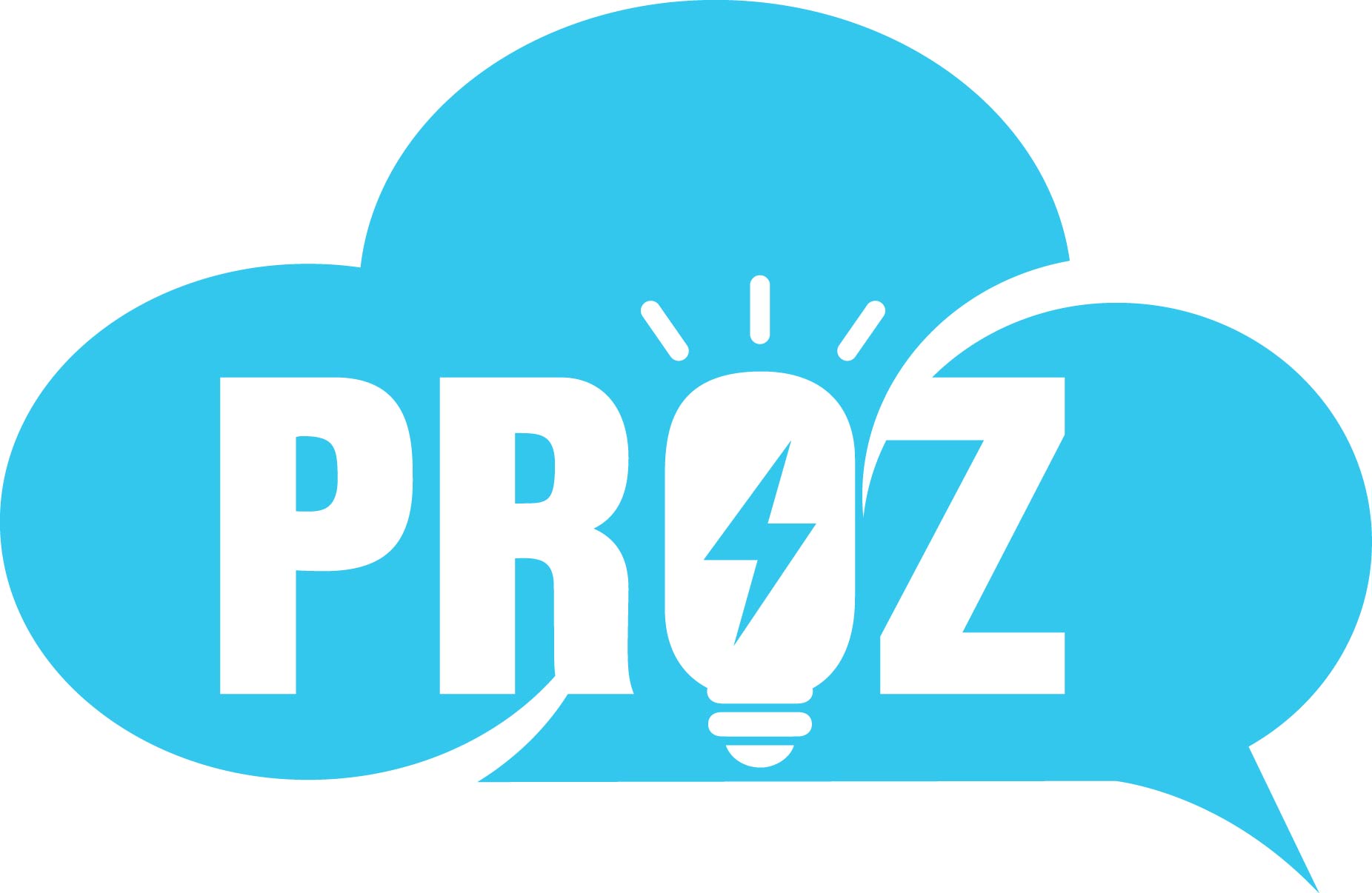What good is your data if it doesn’t speak the language of your business? Consistent, trustworthy, and business-rich data is more important than ever for accurate decision making — and to deliver on the promise of AI in today’s agentic era.
However, many organizations struggle with distrust and inconsistencies in data because business context is lacking and definitions are recreated for every report, dashboard, and AI analytics experience.
A semantic layer can help you create consistent, reusable assets to serve as a single source of truth and unlock the full potential of your data by enriching it with business knowledge.
What is Tableau Semantics?
Tableau Semantics is Salesforce’s powerful, AI-infused semantic layer integrated into Data Cloud that translates your data into your business language. With an intuitive UI, built-in assistance, and agent enrichment capabilities, Tableau Semantics infuses your data with business knowledge, driving more accurate responses and relevant insights. This delivers richer, more reliable, and more helpful agentic experiences across the entire Customer 360, equipping humans and digital workers with deep insights that are consistent across your business.
Tableau Semantics is designed to provide businesses with consistent, reliable, and trusted data across Agentforce, Tableau Next, Tableau Cloud and Server, and Salesforce consumption layers (reports, analytics, apps). Looking ahead, we plan to extend Tableau Semantics to connect with Tableau and CRM Analytics as well as third-party semantic layers, enabling you to leverage any existing modeling work you’ve already done.
You can utilize Tableau Semantics with any data in your organization that is accessible through Data Cloud. This includes both data that is ingested and stored in Data Cloud, as well as Data Views linked to external data sources (zero copy). This deep integration ensures employees and agents are grounded in data that is not only harmonized, but contextualized in the language of your business.
Benefits of Tableau Semantics to your business
Tableau Semantics is designed to help organizations bridge the gap between raw data and actionable insights by providing a single source of truth for consistent, unified, business-rich data and metadata.
This helps organizations make the most of their data and overcome common obstacles with data management and analytics:
- To get valuable insights, people and agents need to work with disparate data sources — CRM, ERP, BI tools, applications, and more. This fragmentation leads to an incomplete view of data.
- Even after accessing data, it isn’t always ready for analysis. Data needs to be refined, which often requires adding context, such as business definitions, and defining relationships to other data.
- Too often, people don’t trust the data. Different teams may define or calculate metrics like ROI or active users differently, or there may be inconsistencies across different dashboards — leading to inconsistent results and distrust.
- Significant time is wasted on redundant analyses, resulting in inefficiencies and inconsistent business definitions.
- Gen AI experiences can be inaccurate due to poor data quality and a lack of necessary business context.
Tableau Semantics helps synchronize your organization’s business intelligence tools with a standardized data model, enhancing data integrity and governance across analytics experiences and applications — ultimately making data more accessible, consistent, and actionable.
Designed for agentic AI, Tableau Semantics unlocks the power of Tableau Next, Data Cloud, and Agentforce by enriching the harmonized and unified data with business knowledge, creating cleaner foundations for agentic experiences. Having deep, meaningful context for data and metadata improves the quality, reliability, and efficiency of retrieval-augmented generation (RAG). This way, agents provide more accurate responses grounded in an understanding of your business.

Here are several key benefits:
- Increases trust in data: By standardizing data access and definitions, Tableau Semantics ensures teams are aligned so people and agents are working with consistent, reliable data across dashboards and applications — improving accuracy across the organization.
- Simplifies data access: Tableau Semantics provides a common language for all users, enriching data and metadata and removing the need for technical knowledge of databases and query languages.
- Supports governed, self-service analytics: With composable models and metrics, Tableau Semantics makes it easy for teams to define models and metrics once and use them everywhere, fostering collaboration, and minimizing redundant analytics efforts.
- Speeds up model creation: Built-in AI capabilities help users create calculated fields and metrics with natural language and get AI-generated suggestions for data object relationships.
- Improves agent accuracy: By enriching agents with trusted business context, agents provide accurate responses and relevant insights grounded in governed data.
- Facilitates continuous agent enrichment: Semantic learning enables agents to expand their knowledge through real-time Q&A, while also integrating business preferences and existing knowledge into a centralized repository for seamless management.
How it works: Tableau Semantics capabilities
The main building blocks of Tableau Semantics are semantic data models and the Semantic Query Generator:
- Semantic data models: A semantic data model contains the entities that define your business terms. For example, the definition of a metric like “revenue” is sourced from certain data sources, the relationships between them, specific join types, and a formula that defines how it’s calculated. You can also give meaning to your data by applying semantic metadata. For example, taking a certain number field and classifying it as a currency. The Semantic Query Generator can then convert it in runtime.
- Semantic Query Generator: As the heart of Tableau Semantics, this service takes business questions from apps, dashboards, widgets, or APIs, and uses semantic definitions to translate them into SQL. This ensures that queries align with the specific meaning behind business terms like “revenue,” “last quarter,” or “by region.”

Key capabilities of Tableau Semantics include:
- Metrics Store: Simplify management and governance by centralizing all organizational metrics in a single source of truth, including setting goals on metrics and triggering actions accordingly, along with gen AI-based insights for deduping, cleaning, and maintaining the quality of metrics.
- Composable models: Empower data professionals and analysts with semantic models as building blocks. This allows data administrators to maintain a single source of truth while enabling data analysts to self-serve by extending these federated semantic models in their own versions. Unlike traditional data models that focus on structuring and storing raw data, semantic models add business context, defining metrics and relationships in an intuitive way.
- AI data modeling capabilities: AI capabilities are built into Tableau Semantics that provide suggestions for data object relationships, and create calculated fields and metrics with natural language.
- Semantic Learning (coming soon): Bridge knowledge gaps in business logic and terminology, ensuring agents deliver more accurate and relevant responses over time.
- Ecosystem integrations (coming soon): Leverage Tableau Semantics as a Tableau data source and use it to explore and visualize Salesforce data effortlessly. Seamlessly integrate Tableau published data sources into Tableau Semantics without migrating existing models.

Dive deeper with this collection of Tableau Semantics Help articles.
How to get started with Tableau Semantics
By simplifying data access, ensuring consistency, and fostering collaboration, Tableau Semantics makes it possible to make data-driven business insights accessible to every employee and agent.
Ready to get started? Experience Tableau Semantics now in Data Cloud, or in Tableau Next.
Live Webinar: Tableau Semantics
Join us Thursday, March 27 to explore how Tableau Semantics enriches data for actionable insights and reliable agentic experiences.



—
* GARTNER is a registered trademark and service mark of Gartner, Inc. and/or its affiliates in the U.S. and internationally and is used herein with permission. All rights reserved.











